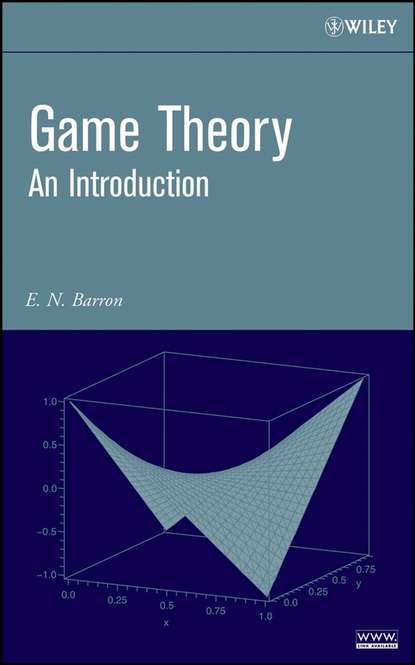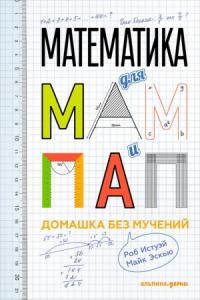
Game Theory скачать fb2
Группа авторов - Game Theory краткое содержание
A fundamental introduction to modern game theory from a mathematical viewpoint Game theory arises in almost every fact of human and inhuman interaction since oftentimes during these communications objectives are opposed or cooperation is viewed as an option. From economics and finance to biology and computer science, researchers and practitioners are often put in complex decision-making scenarios, whether they are interacting with each other or working with evolving technology and artificial intelligence. Acknowledging the role of mathematics in making logical and advantageous decisions, Game Theory: An Introduction uses modern software applications to create, analyze, and implement effective decision-making models. While most books on modern game theory are either too abstract or too applied, this book provides a balanced treatment of the subject that is both conceptual and hands-on. Game Theory introduces readers to the basic theories behind games and presents real-world examples from various fields of study such as economics, political science, military science, finance, biological science as well as general game playing. A unique feature of this book is the use of Maple to find the values and strategies of games, and in addition, it aids in the implementation of algorithms for the solution or visualization of game concepts. Maple is also utilized to facilitate a visual learning environment of game theory and acts as the primary tool for the calculation of complex non-cooperative and cooperative games. Important game theory topics are presented within the following five main areas of coverage: Two-person zero sum matrix games Nonzero sum games and the reduction to nonlinear programming Cooperative games, including discussion of both the Nucleolus concept and the Shapley value Bargaining, including threat strategies Evolutionary stable strategies and population games Although some mathematical competence is assumed, appendices are provided to act as a refresher of the basic concepts of linear algebra, probability, and statistics. Exercises are included at the end of each section along with algorithms for the solution of the games to help readers master the presented information. Also, explicit Maple and Mathematica® commands are included in the book and are available as worksheets via the book's related Web site. The use of this software allows readers to solve many more advanced and interesting games without spending time on the theory of linear and nonlinear programming or performing other complex calculations. With extensive examples illustrating game theory's wide range of relevance, this classroom-tested book is ideal for game theory courses in mathematics, engineering, operations research, computer science, and economics at the upper-undergraduate level. It is also an ideal companion for anyone who is interested in the applications of game theory.
Скачать книгу «Game Theory» Группа авторов
Чтобы оставить свою оценку и/или комментарий, Вам нужно войти под своей учетной записью или зарегистрироваться







